One defining Star Wars scene in Star Wars: Episode I – The Phantom Menace just became much more confusing after The Acolyte episode 7. The Acolyte is set 100 years before The Phantom Menace in the Star Wars timeline, which made it more than likely that the show would have major implications not only for all Star Wars movies and TV shows but also for the prequel trilogy in particular. This has certainly proven true, as The Acolyte has both set the stage for The Phantom Menace and thrown certain aspects of the prequels into question.
In episode 7 specifically, The Acolyte finally confirmed what really happened on Brendok, and with that came a whole host of revelations. In fact, The Acolyte episode 7 revealed new shocking details about Mae and Osha’s origins. One of those details in particular has made a key scene in The Phantom Menace suddenly make much less sense.
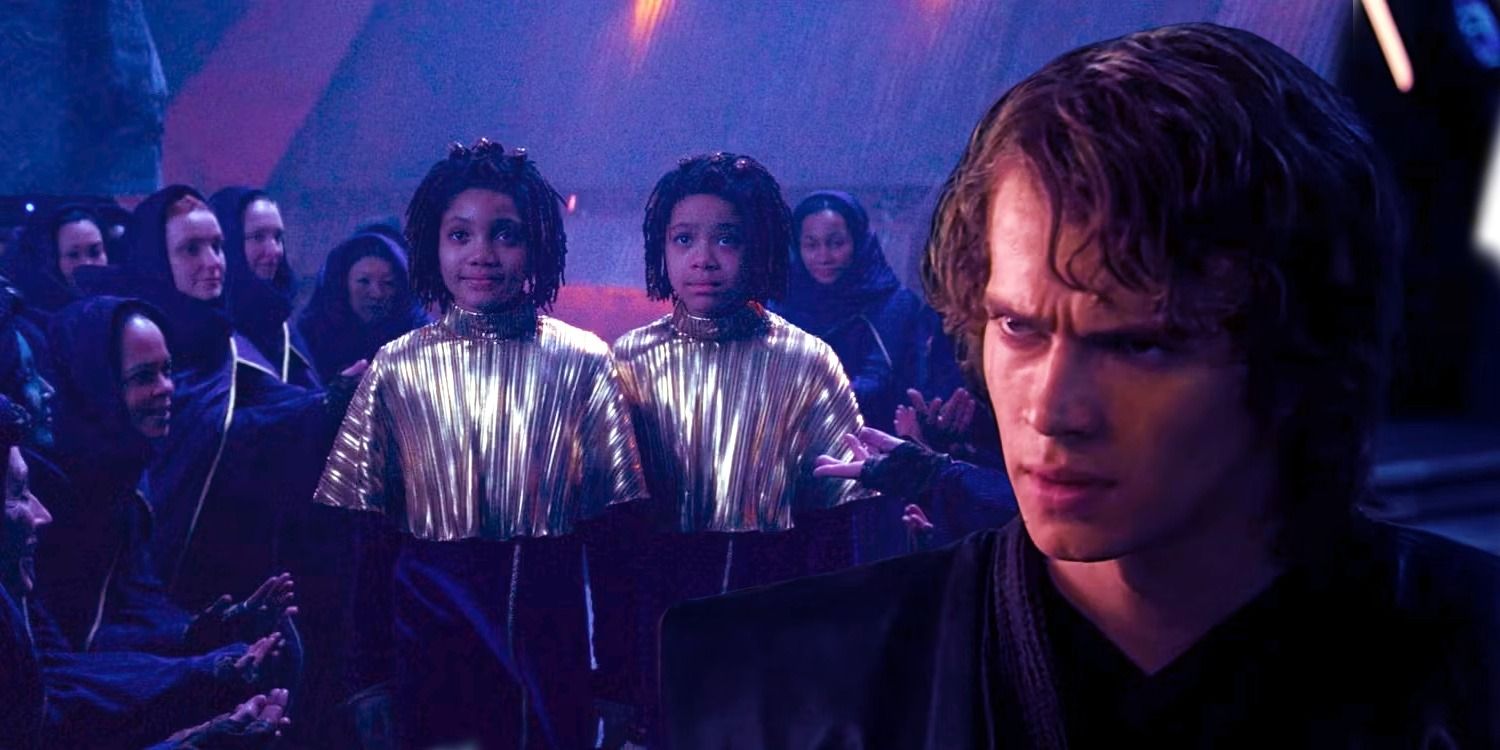
Related
Mae & Osha’s Origin Reveal Explains Why They Aren’t The Chosen One
The Acolyte episode 7 confirmed brand-new details about Mae and Osha’s backstory, thereby solidifying that they are not the Chosen One.
Finding A Vergence In The Force Was Evidently The Jedi’s Top Priority
Sol
- Created By
-
Leslye Headland
- Cast
-
Lee Jung-jae
- First Appearance
-
The Acolyte
- Alliance
-
Jedi
In The Acolyte episode 7, the four Jedi stationed on Brendok—Indara, Kelnacca, Sol, and Torbin—are actively looking for a vergence in the Force, a concept which refers to a concentration of the Force that centers on a location, object, or person and has the power to create life. This assignment, presumably sent down from the Jedi Council itself, is so critical that Master Sol goes so far as to say “Nothing could be more important to the Jedi” than identifying such a vergence. This is precisely why the Jedi react so strongly to Osha and Mae.
Because the twins are seemingly born without a father and on a planet that was believed to have no life on it, the Jedi are suspicious that Mae and Osha may either be or have been born from a vergence in the Force. This is reinforced later on in episode 7 when the Jedi discover that Mae and Osha’s symbionts are identical to one another. In light of that, Master Indara concludes that the twins must really be one consciousness split into two bodies, and Master Sol believes this is a power only a vergence in the Force could produce.
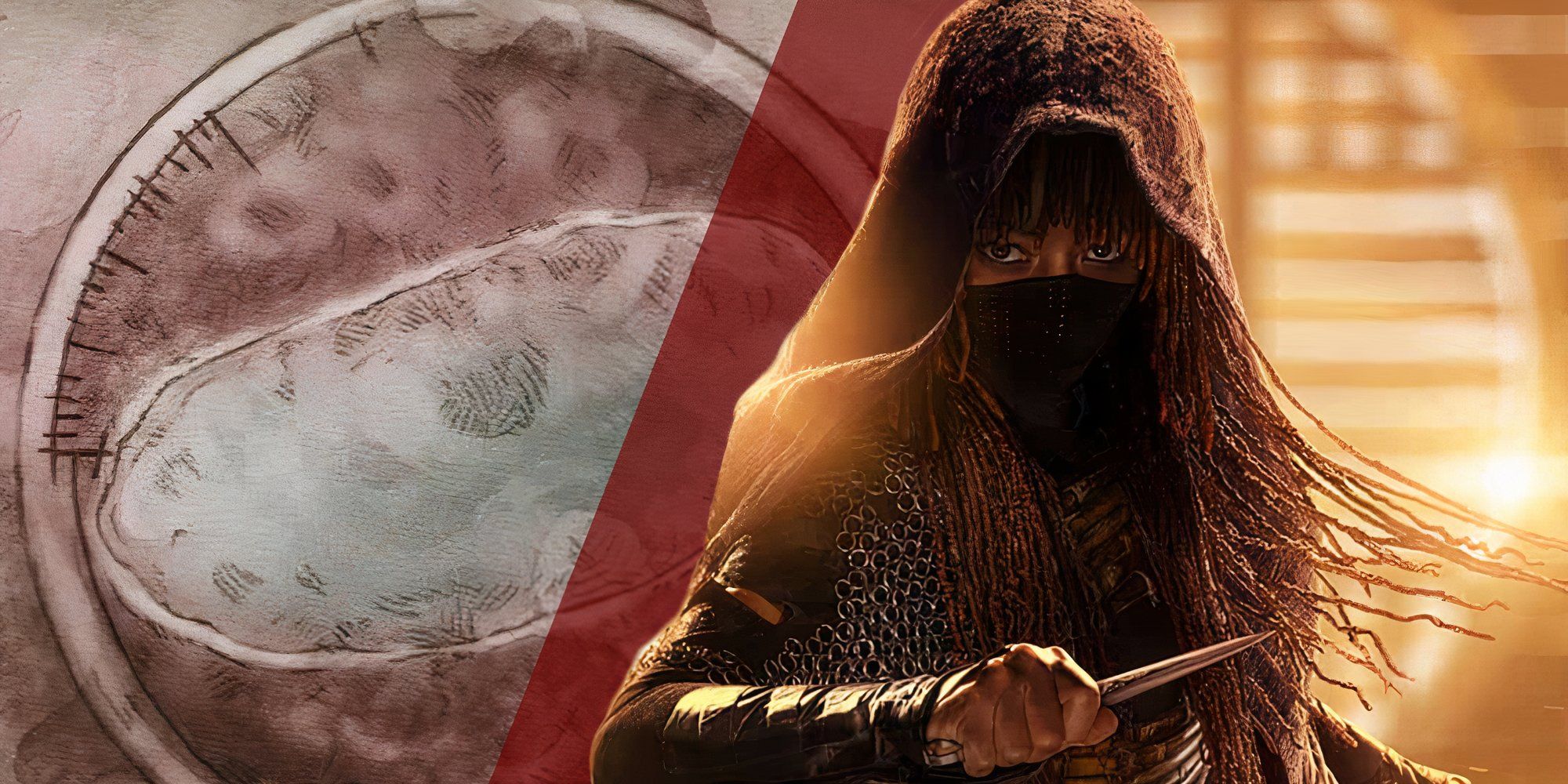
Related
Star Wars: Midi-Chlorians, Symbionts, & M-Counts Explained
The Acolyte features a mention of M-count, referencing Star Wars’ Midi-chlorians, but what are they and how do they connect to the Force?
Following this discovery, Torbin jumps into action, believing that the possibility of a Force vergence may be significant enough that the Jedi Order will finally call them back to Coruscant. While this has devastating consequences in The Acolyte (including the death of the entire coven), it also has fascinating implications for The Phantom Menace. Specifically, if a Force vergence was so important, why did the Jedi initially reject Anakin?
Why Didn’t The Jedi Automatically Recruit Anakin As A Vergence?
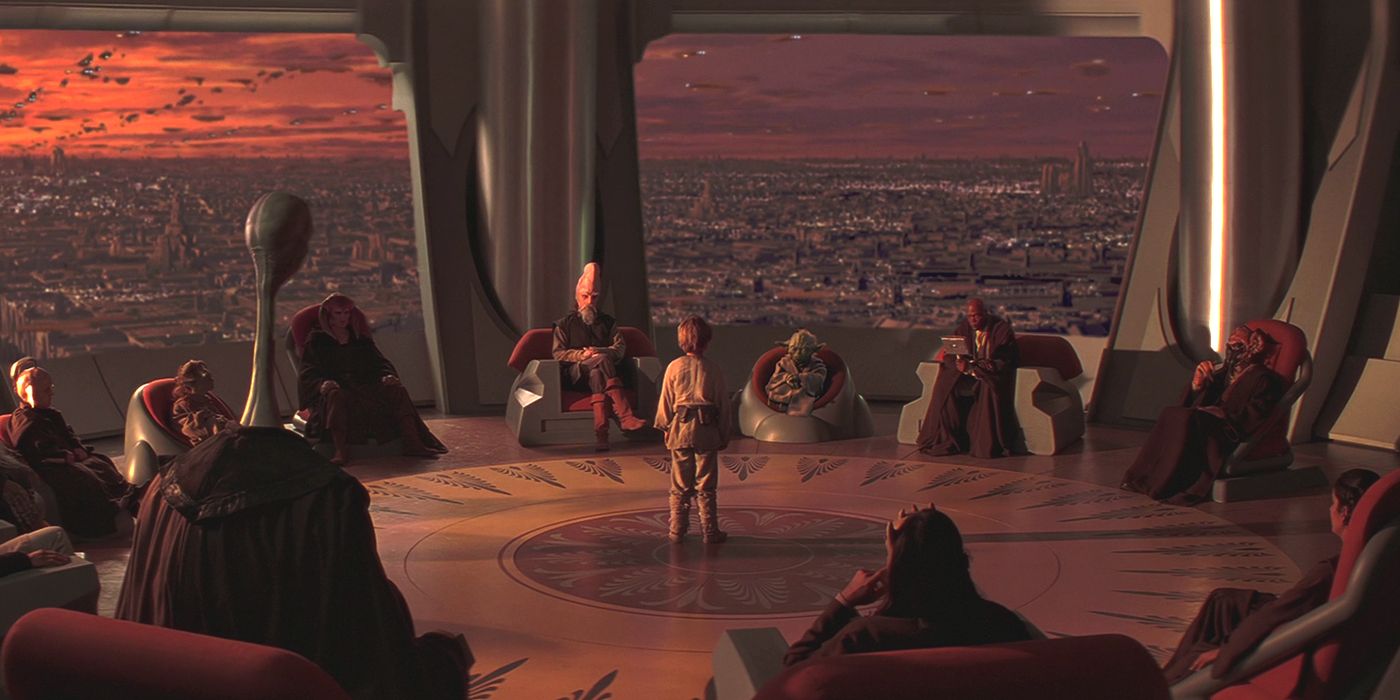
Anakin Skywalker/Darth Vader
- Created By
-
George Lucas
- Cast
-
Bob Anderson
, Hayden Christensen
, James Earl Jones
, Matt Lanter
, Matt Lucas
, Jake Lloyd
, David Prowse
, Sebastian Shaw - First Appearance
-
Star Wars: Episode IV – A New Hope
- Alliance
-
Jedi, Sith
In The Acolyte episode 7, Sol insists that identifying, studying, and protecting a vergence in the Force is the top priority for the Jedi. Either he overstated this importance, or, more likely, he was specifically told this by the Jedi Council before he was sent on this mission. Given that prioritization, it makes little sense that the Jedi Council in The Phantom Menace wouldn’t have jumped to recruit Anakin.
Qui-Gon Jinn identified Anakin as a vergence in the Force, which, based on Master Sol’s statement, should have made the Jedi immediately interested in Anakin. Instead, they turned him away. This raises serious questions about what could have possibly transpired between The Acolyte and The Phantom Menace that would have caused the Jedi to go so sharply from sending out Jedi just to try and find a vergence to rejecting a boy who seemed to be a vergence himself.
Of course, some may argue that this is an oversight or even a retcon in The Acolyte. However, based on Osha’s seeming dark side trajectory and the loose ends still remaining in the show, the truth could be much more sinister. The Acolyte’s upcoming final episode may just reveal why the Jedi in Star Wars: Episode I – The Phantom Menace weren’t willing to accept Anakin as a vergence in the Force.
The final episode of The Acolyte will release on Tuesday, July 16th, at 9 PM EST/6 PM PST on Disney+.
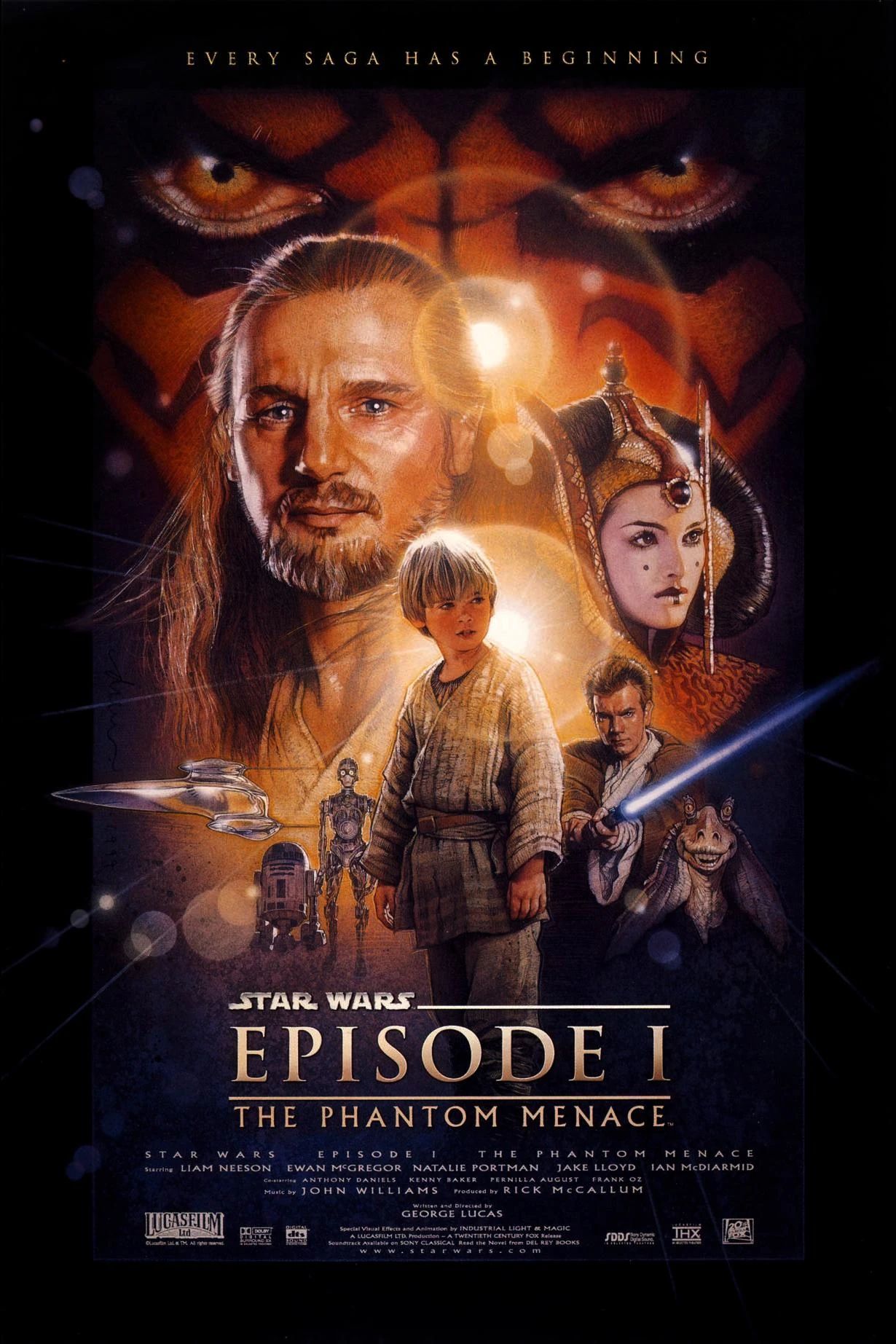
Star Wars: Episode I – The Phantom Menace
The beginning of the Skywalker Saga, Star Wars: Episode I – The Phantom Menace sees young Anakin Skywalker put on his path to discovering his ability to influence the Force. While attempting to thwart the nefarious Trade Federation in their plans for the planet of Naboo, two Jedi discover an exceptionally-gifted slave with the ability to wield the Force. Little do they know, rescuing him is just the beginning of a saga that will span generations of the Skywalker family.
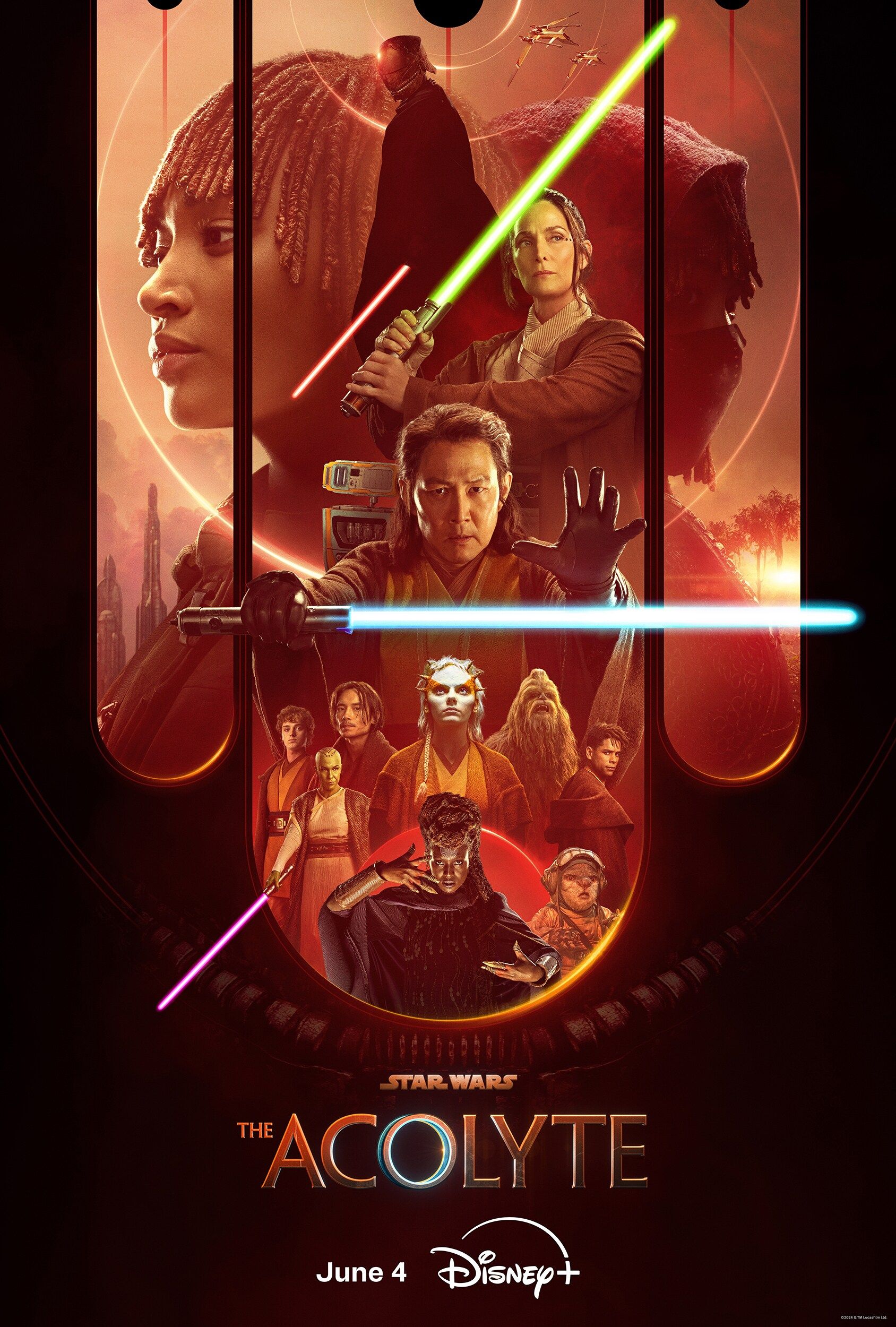
The Acolyte
The Acolyte is a television series set in the Star Wars universe at the end of the High Republic Era, where both the Jedi and the Galactic Empire were at the height of their influence. This sci-fi thriller sees a former Padawan reunite with her former Jedi Master as they investigate several crimes – all leading to darkness erupting from beneath the surface and preparing to bring about the end of the High Republic.




